Hats have been in our lives for thousands of years. Sometimes they appear with their functional features, sometimes as a part of fashion and a way of self-expression.
Bell Hat (Cloche)
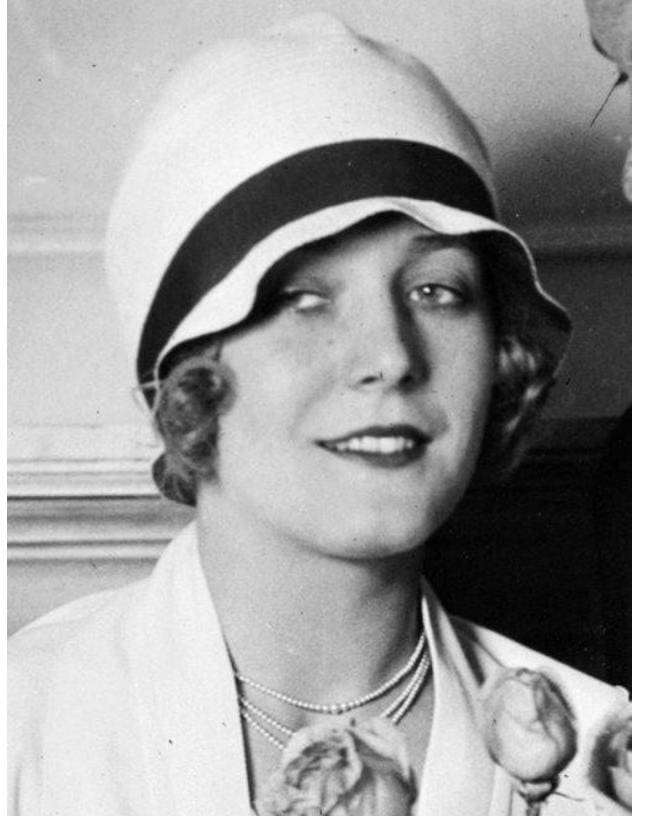
This model, named after the word cloche, which means bell in French; with or without a very narrow rim, quite deep and hiding almost all the hair.
Cloche hats were one of the most important pieces of clothing in the 1920s.
Baseball Cap
One of the most used hat models in the world, especially since the 80s, is undoubtedly the baseball cap.
Cowboy hat

Cowboy hats are functional, wide-brimmed hats that protect from rain and sun.
Fedora Hat (Fedora)
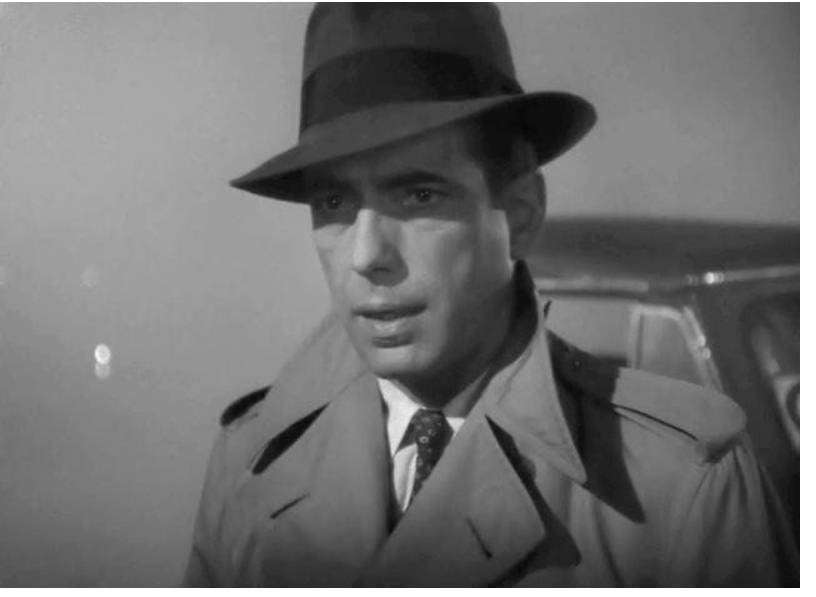
Especially popular in the 20th century, fedora hats were both stylish and protected from the wind. Fedora hats, sometimes associated with mafia members, detectives or gangsters; can be seen today.
Top hat
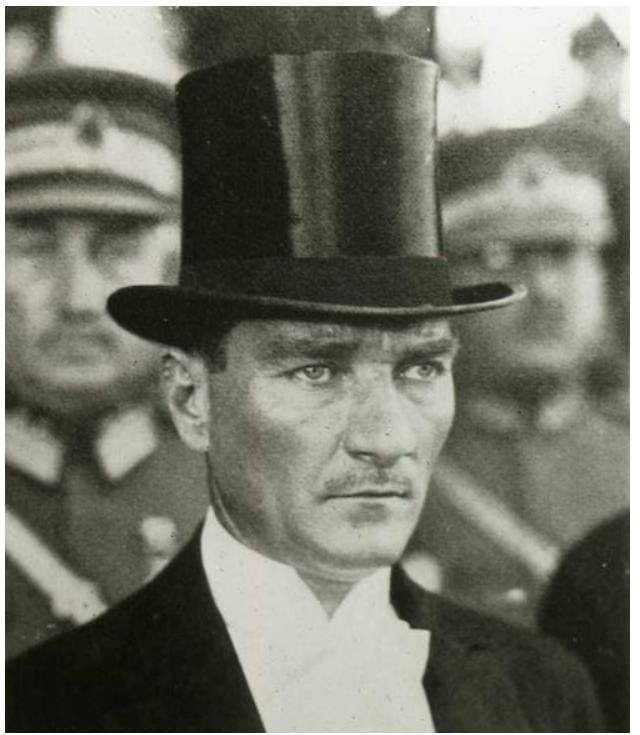
Top hats, which we will remember from many historical and political characters, became popular in the United States in the 19th century. The biggest reason for this was that it was used by Abraham Lincoln.
Sombrero (Mexican Hat)
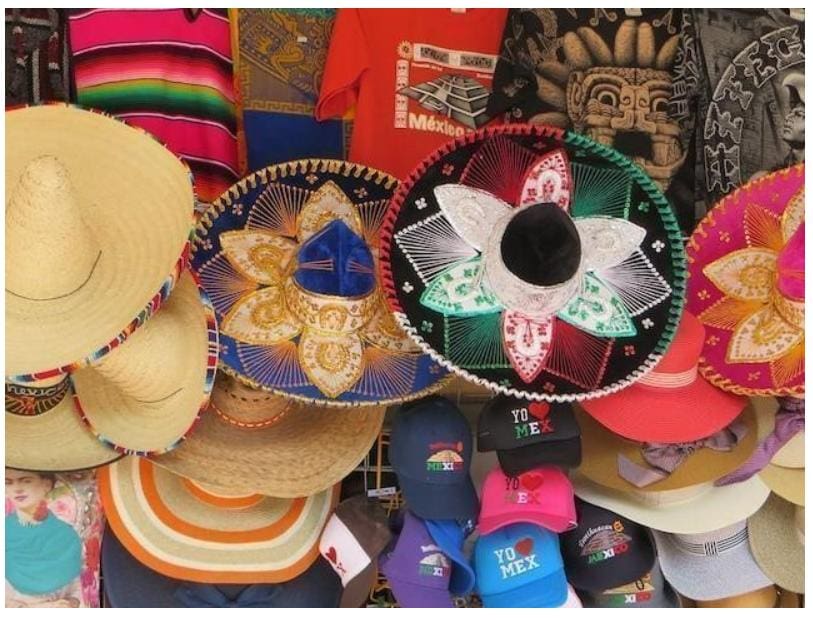
Sombrero means hat in Spanish. But the features that define it are different: a broad, slightly upward curved rim and a high pointed apex.
The sombrero, which Mexican peasants usually made of straw, was made from felt by the wealthier.
Beret
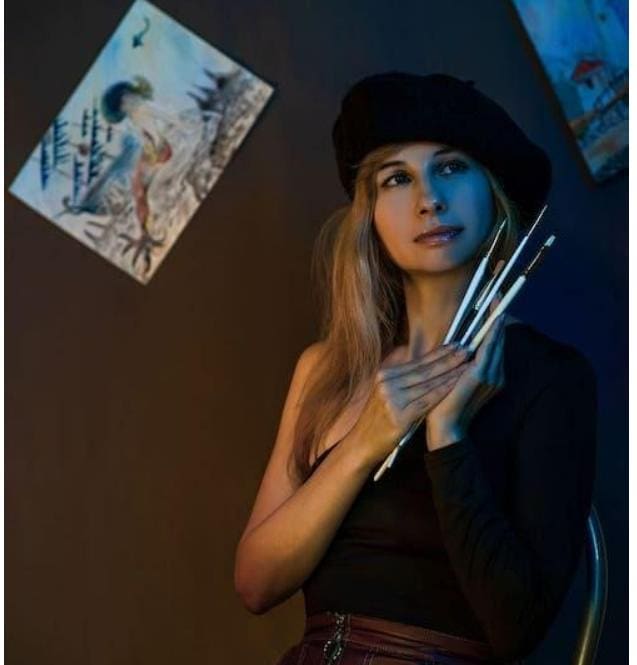
The beret, which was once considered the national hat of France, has been popular all over the world since the 60s. Che Guevara also used the beret, which is especially used in the depictions of painters and artists.
Newsboy Hat (Gatsby)
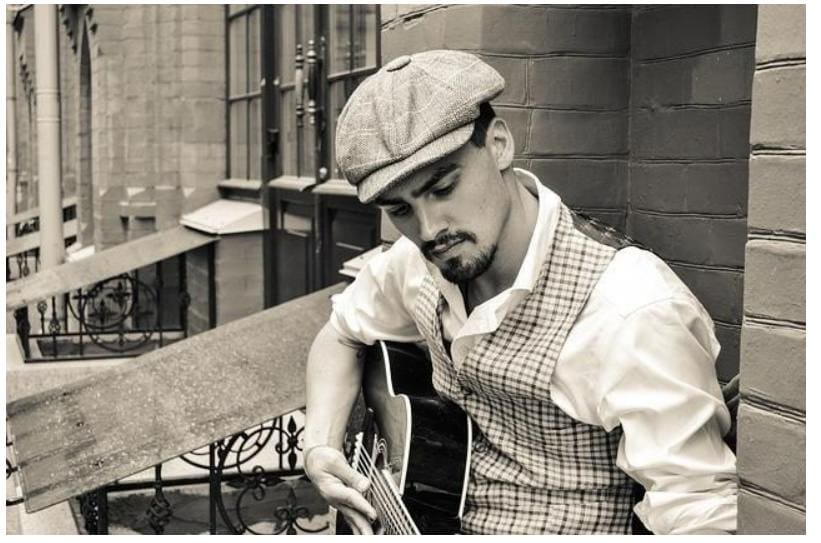
It was a popular model worn by both men and women in the nineteenth and twentieth centuries.
Bowler Hat (Bowler)
When first used, bowler hats were associated with English butlers and professionals working in the city.
Boater
The boater or straight-brimmed straw hat was used by European men, especially in the 1910s. For men who wore hats in both winter and summer, boater meant the transition to summer.

